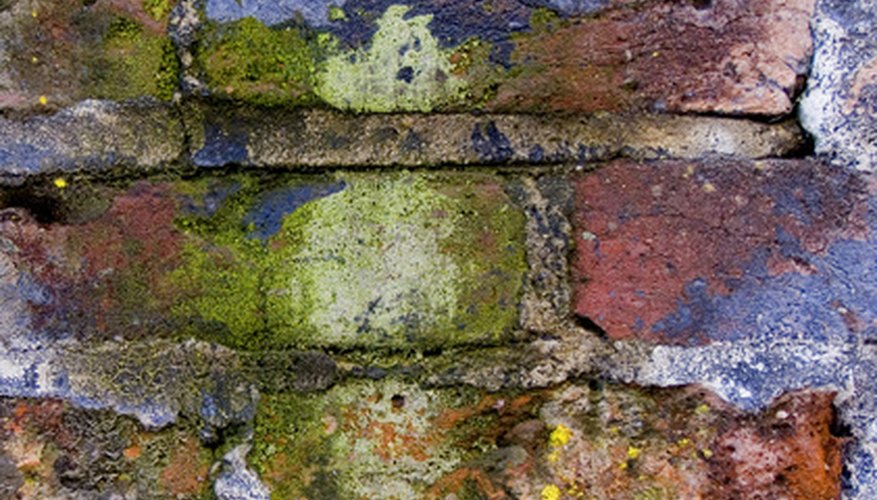Sealing the joint between a house wall and a carport is important to prevent rainwater from running down the wall and into the carport area. Flashing provides a means to seal the structures together so that water runs from the wall and along the roof into gutters and downpipes. The carport construction type may determine the flashing method to use; for example, it may not support the pressure per square inch of hammering roof nails into metal flashing all the way along its length. Rubber flashing is the simplest to install because it is quick, does not require nailing and fits into place easily without strenuous bending.
- Sealing the joint between a house wall and a carport is important to prevent rainwater from running down the wall and into the carport area.
- Flashing provides a means to seal the structures together so that water runs from the wall and along the roof into gutters and downpipes.
Measure the length of the carport flashing area with a measuring tape. Sweep any loose debris and dirt off the carport roof with a hand brush, and brush down the adjoining wall to clear moss and loose paint.
Wipe 6 inches to either side of the joint between the carport roof and the wall with a wet cloth and detergent, and remove all grease and oil marks.
Brush on splice cleaner to both the wall and the carport roof to 6-inch widths from the joint using a clean paintbrush, and allow it to dry. Brush on splice primer over the same area as the splice cleaner using a paintbrush, and allow it to dry until tacky.
- Brush on splice cleaner to both the wall and the carport roof to 6-inch widths from the joint using a clean paintbrush, and allow it to dry.
Unroll the 12-inch-wide rubber flashing, and use a measuring tape to transfer the length measurement of the flashing required that you did earlier. Mark the length with a marker pen to each edge and join up the marks with a straight edge. Use a utility knife and cut through the rubber flashing along the line using a straight edge as a guide.
Peel off the backing on the rubber flashing and apply it adhesive-side down along the edge of the primer on the carport roof. Smooth it on with your hands from the flashing edge and towards the wall to prevent trapped air. Push it into the joint and up the wall so that the rubber firmly adheres to the surface beneath.
Use a seam roller and press the rubber to the carport roof and to the wall by rolling along the edges of the flashing. Apply a line of water-resistant sealant to the exposed rubber edges using a caulking gun.
